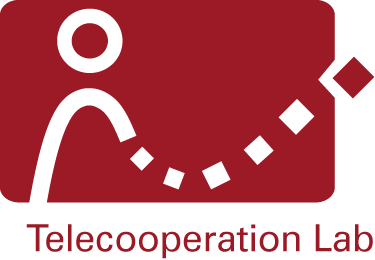

Embedding sensors into objects allow them to recognize various interactions. However, sensing usually requires active electronics that are often costly, need time to be assembled, and constantly draw power. Thus, we propose off-line sensing: passive 3D-printed sensors that detect one-time interactions, such as accelerating or flipping, but neither require active electronics nor power at the time of the interaction. They memorize a pre-defined interaction via an embedded structure filled with a conductive medium (e.g., a liquid). Whether a sensor was exposed to the interaction can be read-out via a capacitive touchscreen. Sensors are printed in a single pass on a consumer-level 3D printer. Through a series of experiments, we show the feasibility of off-line sensing.
Teaser
Recommended external content
We have selected external content from YouTube for you and would like to show it to you right here. To do this, you must reveal it with one click. You can hide the external content at any time with another click.
I agree to external content from YouTube being shown to me. This may result in personal data being transmitted to third-party platforms. You can find more information in our Privacy Policy.
Martin Schmitz, Martin Herbers, Niloofar Dezfuli, Sebastian Günther and Max Mühlhäuser. 2018. Off-Line Sensing: Memorizing Interactions in Passive 3D-Printed Objects. In Proceedings of the 2018 CHI Conference on Human Factors in Computing Systems (CHI '18). ACM, New York, NY, USA.
CHI 2018 Honorable Mention Award
People
- Martin Schmitz
- Martin Herbers
- Niloofar Dezfuli
- Sebastian Günther
- Max Mühlhäuser
Students
- Florian Krause



